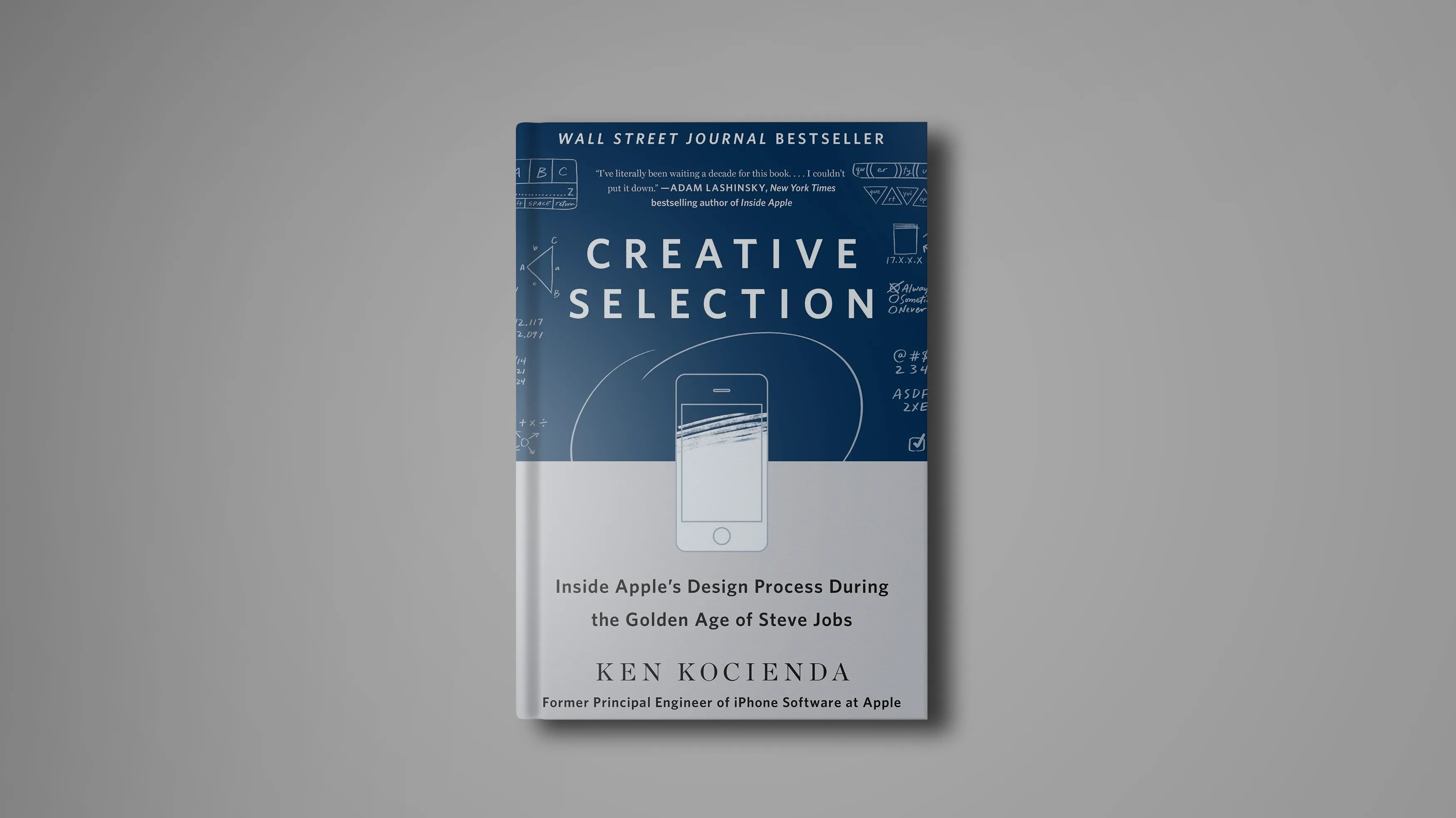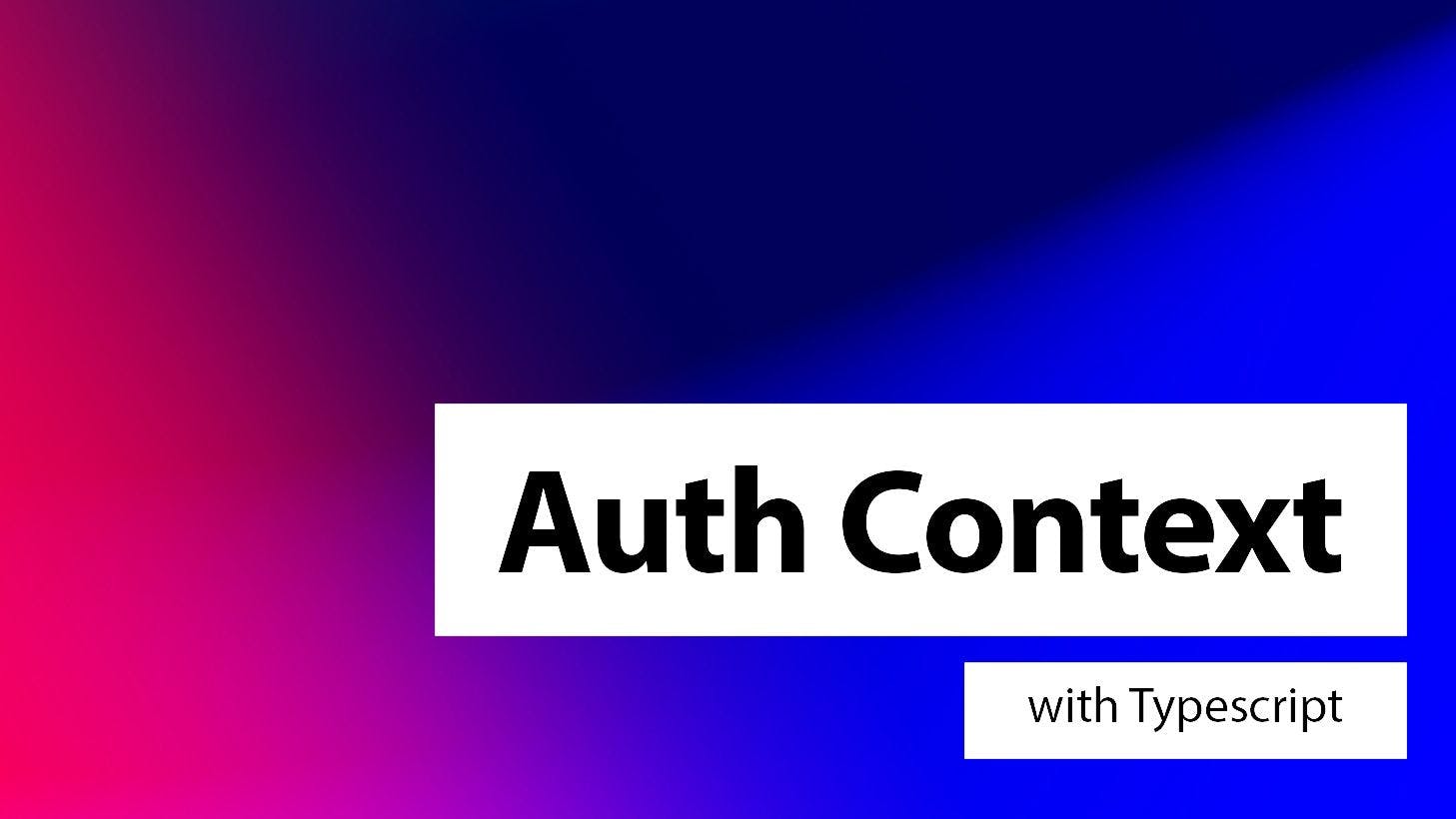I was not expecting much, but this book has hidden treasures inside. It is an excellent look at how Apple makes innovation.
I didn’t know about this book until the beginning of 2020. When I first saw it in the book store, I wanted to read it. Two weeks later, I bought the book, but I never made the first move, until the beginning of May 2022. When I started the book, it showed me so many interesting facts and memories about Apple; I was shocked.
It took only a week to finish this book. Every sentence, every word, every memory has so much to offer. I learned so many new things about Apple, from an idea to product.
The Content
It has 10 chapters, and in these 10 chapters, Ken Kocienda talks about his 3 main memoris, developing the Safari, developing the iPhone keyboard, and developing the iPad keyboard. There are also other stories about iPad gestures etc. but these 3 stories build the overall structure of the book.
In his Safari development story, I see how Apple is creating a target for all the jobs. This is thanks to Steve Jobs because he was the one who wanted to have the fastest browser in the market. Ken’s job was well defined, develop the fastest browser in the market and run it on macOS. Along the way, he had many troubles, but he learned a lot. He learned what it means to work on Apple. Ken is describing what he learned in his first project with these words;
Look for ways to make quick progress. Watch for project stalls that might indicate a lack of potential. Cut corners to skip unnecessary effort. Remove distractions to focus attention where it needs to be. Start approximating your end goal as soon as possible. Maximize the impact of your most difficult effort. Combine inspiration, decisiveness, and craft to make demos.
Demos, this is an essential part. He states that they performed demos with other developers to iterate, and the demos would be happening twice a week. By doing this amount of demos, they create a foundation to share ideas and iterate to the better version.
Personally, I am amazed by how everything is clear and well defined. Unintentively, I am comparing my work environment to Apple’s, and we are nowhere near in terms of culture and working methods.
He talks a lot about the technical side of the problems and how they solve each one. I really enjoyed these parts and had goosebumps when Steve Jobs first introduced Safari at the MacWorld conference in 2003. The funny thing was after I read that chapter of the book, I opened Safari announcement video and watched it on YouTube.
The other memory he talks about is the iPhone keyboard development process. He was not working on the keyboard at first, but after the struggles on the keyboard team, the head is ordered to stop everything and work on iPhone’s keyboard to all the developers. It may sound like an enormous thing, but here, again, the target was well defined, create a working keyboard for a touch screen. After many demos, the author’s design promised positive steps to this target, and he is moved to the keyboard team.
Again, during the process, he talks about many technical struggles and how they solved it. How these demos also included design choices, real-time usage feedbacks, and how they iterate to the better version. One thing I really liked was when a developer created something, he/she shares it with others to tests it. Every day, they send their feedbacks to improve it. For me, this is an excellent tool because every single day, you will be sure that an improvement will be made.
I was also super excited when Steve Jobs announced the first iPhone. You can feel the relief and pleasure they got after the announcement.
The last memory was about the iPad — both its keyboard and gestures. The book started with the iPad Keyboards. Ken and his colleague designed two different keyboards, one with like Mac’s keyboard with all the buttons and one with fewer buttons. They put a button to switch between the keyboards. They were ready to ship this feature on the iPad; however, things didn’t go as they planned. During the demo, Ken was presenting the new keyboard to Steve Jobs. He states that Steve Jobs went back and forth between the keyboards, looked at them in detail and he asked the following question
We only need one of these, right?
Ken agreed to him. Then, Steve Jobs asked the following question.
Which one do you think we should use?
As Ken liked the keyboard with bigger keys, he chose it. Steve Jobs said that is what we are going to go with, and the demo was over. It was one of the moments where an important decision has been made according to the human experience with the feature. All over the book, you can see many moments where human experience is the most valuable thing.
Before the final chapter, Ken is asking one of the most popular questions,
Why do some products, like the iPhone, turn out as well as they do?
He answers this question in three-part,
- Demo making creative selection process.
- Seven essential elements of the Apple development approach, inspiration, collaboration, craft, diligence, decisiveness, taste, and empathy.
- A combination of people and commitment.
He sums up why Apple was able to develop iPhone and iPad with these parts. Lastly, he shared their recipe for making software on Apple.
A small group of people built a work culture based on applying the seven essential elements through an ongoing process of creative selection.
He concludes his book with how he designed the multi-touch gestures of the iPad and how he changed the idea of Steve Jobs about the gestures during a demo.
It was a great joy to read this book. To see Apple from inside, learning about the development process of Safari, iPhone, and iPad was thrilling. If you have any interest in what I wrote in this story, you should read it.





![[object Object]](/_next/static/media/bugra-dark.8a564d9e.svg)